Handling Natural Light: Adding Impact to an Environmental Portrait
Learning how to read the light is an essential photography skill! In this series of articles on “Handling Natural Light”, we look at how photographers analysed the ambient light, which helped them get better images.
Sometimes, the key to beautiful lighting lies not in the light but in the shadows. Find out how a documentary photographer made this environmental portrait look more dramatic by finding the right spot to place his subject. It might come in useful the next time you take a travel or cultural portrait, too! (Reported by: Kentaro Kumon, Digital Camera Magazine)

EOS RP/ RF35mm f/1.8 Macro IS STM/ FL: 35mm/ Manual exposure (f/8, 1/640 sec)/ ISO 200/ WB: Shade
The story behind the shot
This is from a series of images that I took to document life in the rustic towns and fishing villages of the Noto Peninsula in Ishikawa, Japan.
This shot was taken one winter afternoon, when the setting sun cast beautiful light on the wooden shed and the daikon (Japanese radish) drying outside its doors. The man in the shot, its occupant, was just about to leave the compound when I saw him. I thought he looked rather smart standing there in his jacket, so I called out to him and asked to take a picture.
Pay attention to shadows—they can help you to find dramatic lighting!
On days where the weather is good, it can be very tempting to look out for beautiful light. But don't forget that shadows are cast by light: if you pay attention to them instead, they could lead you to dramatic lighting that you otherwise would have missed.
In this scene, the light source was from outside the image frame. It shone from between the plants and buildings opposite, casting strong shadows.
I intentionally made my exposure slightly darker to achieve better contrast, while being very careful about the intensity of the shadows cast on the man. The colour tones were adjusted during post-processing to enhance the ambience created by the evening sunset.
Finding the right spot to place the subject was very important in ensuring that the contrast looked balanced.
Analysing the light and exposure

Light direction: Side lighting, shining on the portrait subject from his top right-hand side
(A) The portrait subject. I decided to put half of him in shadow to increase visual impact.
(B) Shadows created by the building and plants. They are a key element of this shot.
To keep the lighting balanced, it was important to retain the green tones of the grass although most of it is cast in shadow.
Reading the histogram: Need to make sure that the subject’s face stands out

The histogram reflects the strong blacks (B) in the lower right side of the image. We can also see that other than the blacks, the shot consists of mostly midtones. The subject's face (A) is among the midtones.
To make sure that his face stands out instead of blending into everything else, I directed him to stand so that the light fell on his face but the rest of his body, from his chest down to his feet, was cast in shadow. This draws more attention to his face.
How (A) and (B) were handled
For (A): Careful adjustment of the subject’s standing position

The shot lacks impact when there are no shadows on the subject
This required good communication with my portrait subject. I got him to stand where his face would be well-lit but the lower half of his body shrouded in shadow. This creates more impact than if his entire body was in the light.
Remember: Be polite and respectful when you communicate. The strangers that you approach have no obligation to be in your shot and are doing you a favour if they agree to be photographed. It’s also good to share the shot with them afterwards.
Some tips on travel and cultural portrait here:
EOS M6 Mark II Review: Travel Adventures in Yogyakarta
For B: Get the “sunset” look by adjusting the tone curve
It was barely 3pm, but I wanted the light in the image to be warm like evening light. This involved adjusting the Red and Blue channels of the tone curve in post-processing.
- Red (R) channel: Increase the highlights from the middle of the curve onwards.
- Blue (B) channel: Decrease the highlights from the middle of the curve onwards.
This will add rosy tones to the shot and make the dark areas more bluish, recreating the lighting that you get when shooting at sunset.


Learn about how another photographer made good use of side lighting and shadows to capture a very different portrait in:
Handling Natural Light: A High Key Portrait with Patterned Shadows
Inspired to explore somewhere new and document the scenes and people you come across? Check out our e-book for tips and techniques to help you take better photos while you’re away!
[eBook] Lens Techniques for Travel Photography
For more case studies of how photographers worked with natural light to achieve beautiful pictures, check out:
Handling Natural Light: Train Platform in the Morning
Handling Natural Light: Telephoto Macro Flowers in the Evening Light
Handling Natural Light: A High Key Portrait with Patterned Shadows
Receive the latest update on photography news, tips and tricks.
Be part of the SNAPSHOT Community.
Sign Up Now!About the Author
A monthly magazine that believes that enjoyment of photography will increase the more one learns about camera functions. It delivers news on the latest cameras and features and regularly introduces various photography techniques.
Published by Impress Corporation
Born in Tokyo in 1981, Kumon shoots for publications and advertising projects in Japan and overseas. He has also published a number of photo collections such as Daichi no Hana (Flowers of the Earth: The Lives and Prayers of the Nepalese) (published by Toho Shuppan), Koyomi Kawa (Calendar River) (published by Heibonsha), and BANEPA (published by Seikyusha), along with a photo essay book Goma no Youhinten (Goma’s Western Shop) (published by Keiseisha) inspired by his experiences in Banepa, Nepal. In 2012, he was awarded Best Newcomer by the Photographic Society of Japan. For his current project, he has been traveling to towns and villages along rivers and peninsulas to find and document the unique aspects of each place and the everyday lives of their residents.








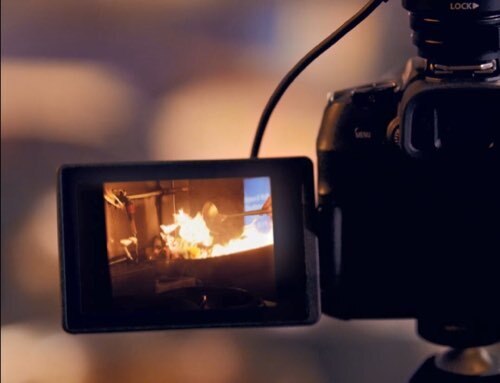
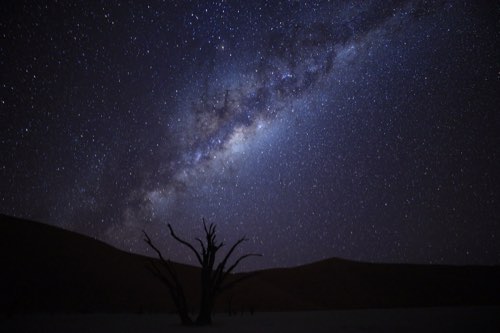

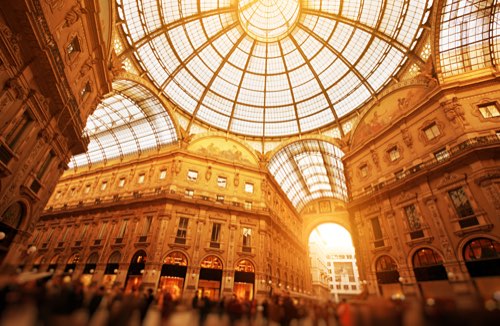




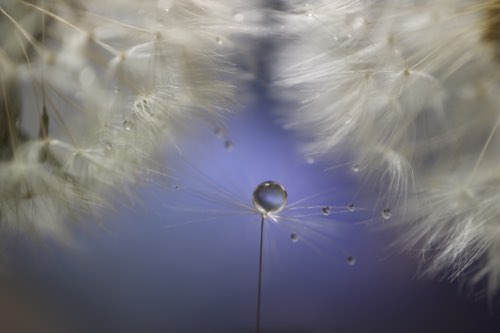




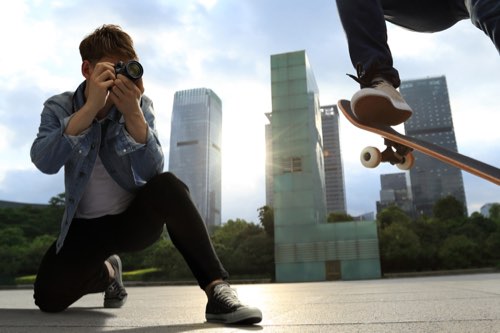
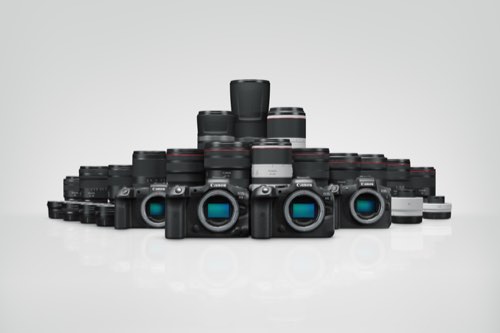







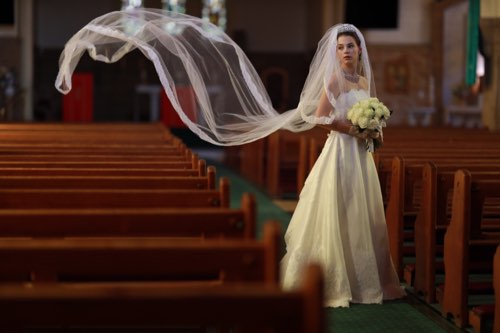
.jpg)



